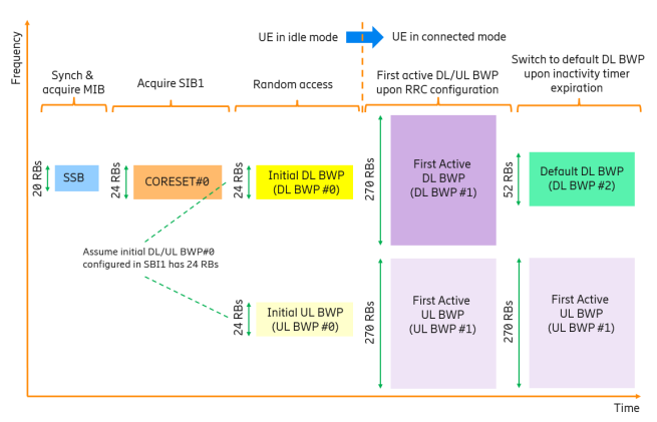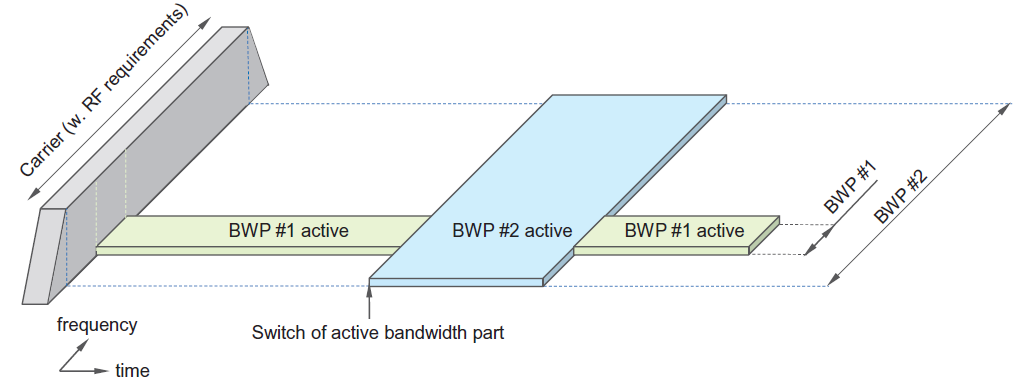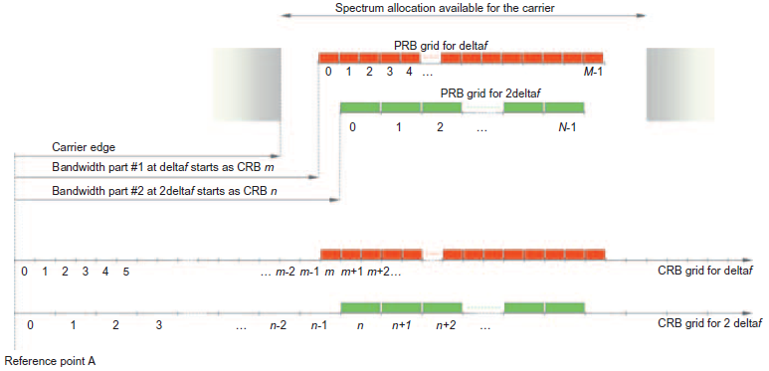3GPP Specifications: 5GNR
3GPP Releases: TR 21.915 Release 15 Description: Summary of Rel-15 Work Items (PDF)TR 21.916 Release 16 Description: Summary of Rel-16 Work Items (PDF)TR 21.917 Release 17 Description: Summary of Rel-17 Work Items 5GNR Protocol Layer: TS 38.300 NR: Overall description; Stage-2 (PDF) V17 | V16 | V15 PHY: TS 38.201 NR: Physical layer; General description (PDF) V17 | V16 |
» Read more


